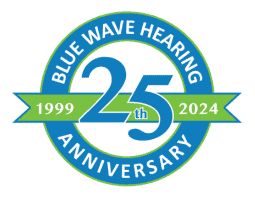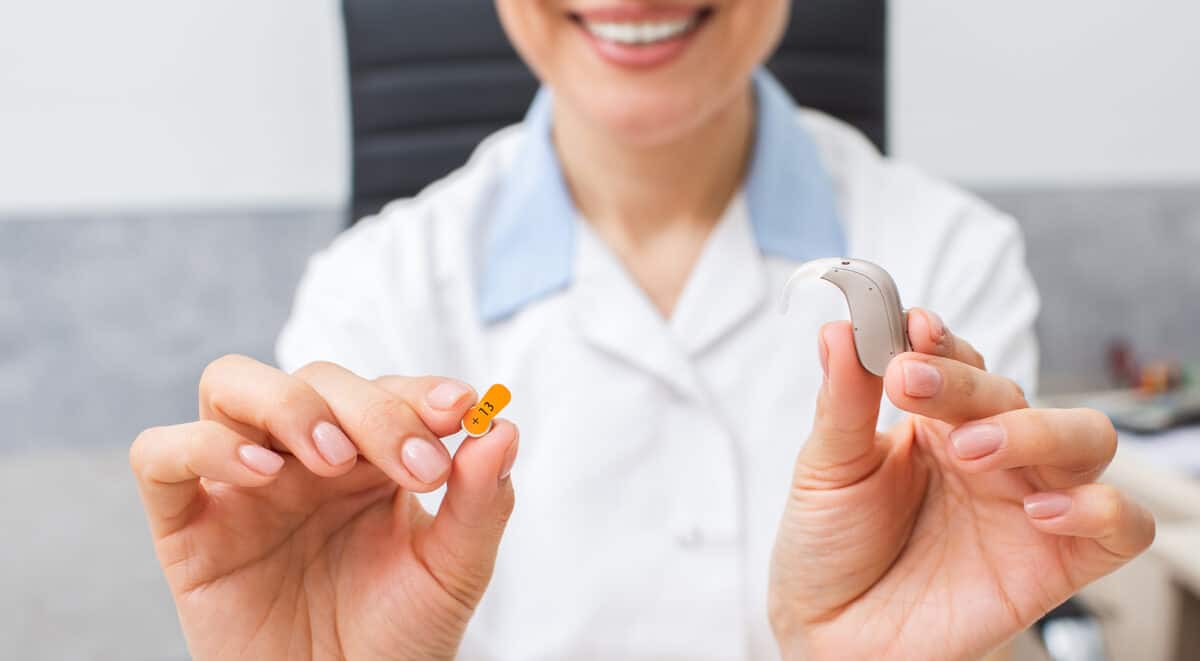- How Smoking Can Harm Your Ears - March 11, 2025
- Succeeding in the Workplace with Hearing Aids - February 10, 2025
- Welcoming the New Year with Better Hearing - January 2, 2025
Whistling or feedback from hearing aids can be a frustrating experience for individuals with hearing loss. However, understanding the underlying causes and implementing appropriate solutions can help alleviate this issue and improve the overall effectiveness of hearing aids. In this guide, we’ll explore the common reasons behind whistling hearing aids and discuss practical strategies for addressing and preventing feedback.
Poor Fit or Improper Insertion
One of the most common causes of whistling hearing aids is a poor fit or improper insertion of the device. When the hearing aid doesn’t sit securely in the ear canal or if there are gaps between the device and the ear, the sound may leak out and cause feedback. Ensuring a proper fit and insertion of the hearing aids by a qualified provider is essential for minimizing feedback and optimizing sound quality.
Ear Canal Blockages or Wax Buildup
Blockages or obstructions in the ear canal, such as earwax buildup or foreign objects, can interfere with the proper functioning of hearing aids and contribute to feedback. Excessive earwax can block the passage of sound waves and cause sound to reflect back into the hearing aid microphone, resulting in whistling noises. Regular ear hygiene practices and periodic ear cleaning by a healthcare professional can help prevent wax buildup and reduce the risk of feedback.
Volume and Gain Settings
Inappropriate volume and gain settings on the hearing aids can also lead to feedback and whistling noises. If the amplification levels are set too high or if certain frequencies are over-amplified, feedback may occur when sound leaks out of the ear canal and is picked up by the microphone. A comprehensive hearing health exam, including a thorough assessment of hearing thresholds and speech understanding, can help determine the optimal settings for each individual’s hearing aids and minimize feedback.
Venting and Acoustic Feedback Control
Modern hearing aids are equipped with advanced features like venting and acoustic feedback control to help reduce whistling and feedback. Venting refers to the presence of small openings in the earpiece or earmold, allowing for better airflow and preventing the buildup of pressure inside the ear canal. Acoustic feedback control algorithms detect and suppress feedback signals in real time, ensuring a more comfortable listening experience for the wearer. Regular maintenance and adjustment of these features by a qualified provider are essential for optimal performance.
Environmental Factors and Lifestyle Habits
Environmental factors and lifestyle habits can also influence the occurrence of whistling hearing aids. High levels of background noise, such as wind or loud music, can trigger feedback by interfering with the microphone’s ability to distinguish between speech and ambient sounds. Additionally, certain actions like hugging, talking on the phone, or wearing hats or glasses can create acoustic feedback by disrupting the seal between the hearing aid and the ear. Being mindful of these factors and making adjustments as needed can help minimize feedback and improve hearing aid performance.
Regular Follow-Up and Maintenance
Regular follow-up appointments with a hearing care professional are essential for monitoring hearing aid performance and addressing any issues or concerns that may arise, including whistling or feedback. During these appointments, the provider can conduct thorough assessments, make necessary adjustments to the hearing aids, and provide guidance on proper care and maintenance. By staying proactive and maintaining open communication with their specialist, individuals can ensure that their hearing aids continue to provide optimal amplification and improve their quality of life.


